|
#07 Newsletter
|
February 26, 2022
|
|
|
Hello and welcome to the stone newsletter, where we discuss every 2 months the most recent and relevant studies in stone disease.
Suscribe now
|
|
|
|
|
|
Themes introduction
Hello stones fans! and welcome to the 2022 Stone newsletter cycle. We had a very good time with last years’ Stone News and we want to continue keeping you updated with the most recent and relevant studies in stone disease.
In today’s newsletter we address three important issues in stone management. We will talk about those difficult lower pole angles and how it can affect the efficiency of a flexible ureteroscopy. The second topic will be related with metabolic evaluations and specifically on patient’s adherence to medication when trying to reduce stone recurrences. You’ll see how bad is for patients not to follow these instructions.
Finally, as the ALARA concept and radiation exposure has become increasingly a hot topic we will see if using ultrasound or fluoroscopy have differences when performing a PCNL access.
|
|
|
 |
Ultrasound or Fluoroscopy for Percutaneous Nephrolithotomy Access, Is There Really a Difference? A Review of Literature.
Corrales M, et al. J Endourol, 2021 |
 2' 2' |
https://pubmed.ncbi.nlm.nih.gov/32762266/ 
|
|
Radiation exposure is a big problem in our job and long term effects can be seen among physicians including skin rashes or extreme eczemas, cataracts or cancers. Evaluating our own procedures is very important to assess our own risks.
PCNL is one of the most challenging procedures in endourology and a flurosocopic guided access (FG), although very precise, may lead to an excessive radiation exposure, particularly in surgeons learning the procedure. But these authors wondered if doing the puncture with ultrasound (US) really decreased this exposure, or was better in any way. A literature review was done evaluating 12 studies that compared FG and US, including 6 RCT’s and 3 Meta-analysis. As expected FG has higher radiation exposure (described in one article as 2.6 min longer fluoro time). Curiously there were no differences regarding, quality of access, operative time, bleeding, renal pelvis perforation, fever, hospital stay, success punctures rates, stone free rates or even colonic perforations, as we know, the use of US do not discard 100% the presence of colon in the tract.
We may say that once the surgeon has gone trough the learning curve US and FG can be performed safely and efficiently. Regarding the ALARA concept I agree with the authors suggestion that US may always be complementary to FG and endourologists must know both techniques.
|
|
|
|

|
|




|
Aviso Legal | Política de privacidada
Este mail ha sido enviado a {{ contact.email }} por Devicare Lit Control.
Si quiere darse de baja de las comunicaciones de la Stone News puede enviarnos un correo electrónico a
dop@devicare.com o pinchar aquí.
Av. Can Domènech s/n | Eureka Building UAB Research Park | 08193 Cerdanyola del Vallès,
Barcelona | España
Copyright (c) 2021 Devicare Lit-Control.
|

|
|
|
|